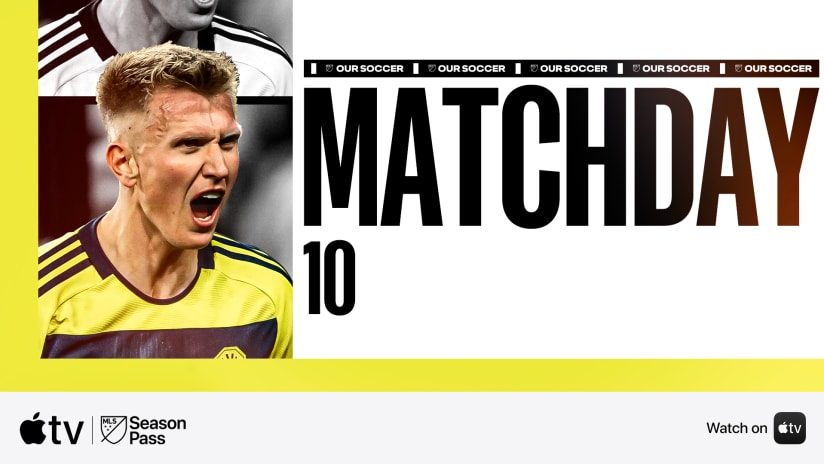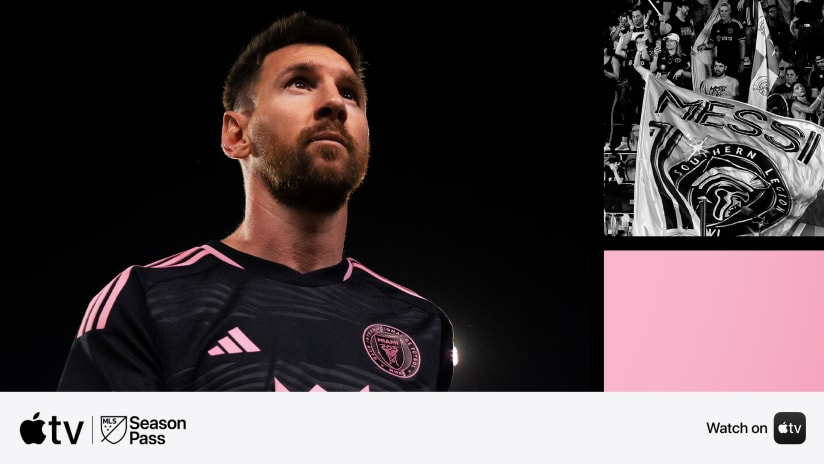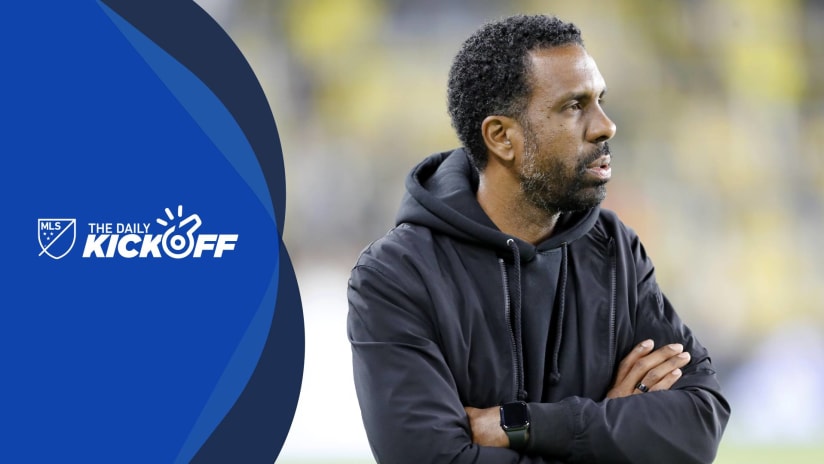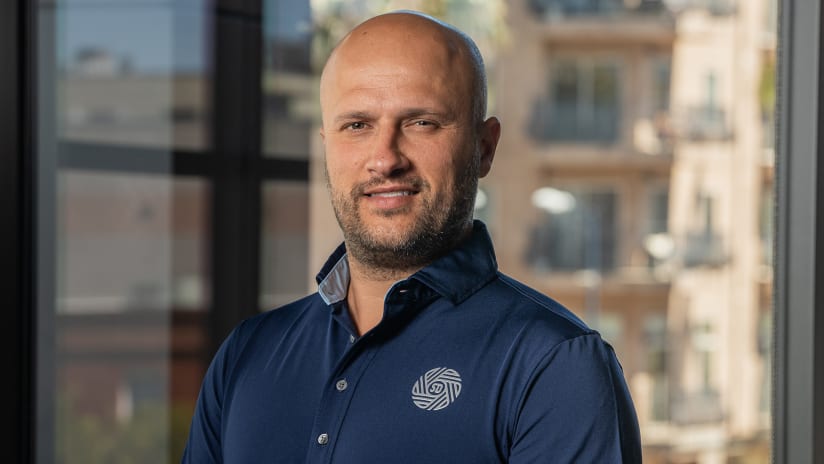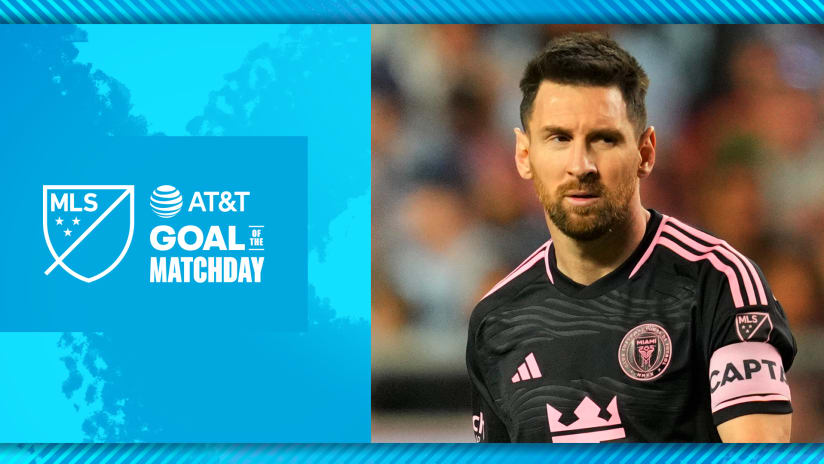On Thursday morning, I’ll pile into a rental van with six of my closest friends and make the 550-mile drive to Columbus, Ohio. For the first time, I’ll attend a United States-Mexico match in a nonprofessional capacity.
I was asked to reminisce about my favorite Dos a Cero this week, to tell you all about the game that made me fall in love with this rivalry. Honestly, I came up empty. This game and the famous result that has defined its recent history is omnipresent in North American soccer circles, but I don’t feel an emotional connection to it. Not yet, anyway.
Yes, I was there in 2013, when Eddie Johnson did "GAM" things, Landon Donovan scored while battling pink eye, Clint Dempsey missed a penalty kick to preserve the infamous scoreline and the US celebrated on the field with their fans long after the game had ended because they were going to Brazil, but it was just another day at the office. I was working.
Come Saturday morning, I hope my answer has changed. I expect it will.
Legends grow out of something unexplainable, yet somehow preordained – in this case four straight 2-0 victories in the same stadium, in the same city, against the same archrival.
On Friday, we’ll all tune in for the latest chapter (7:45pm ET; FS1, Univision). What it holds is still to be written, perhaps a familiar storyline in the mold of "Dos a Cero" or perhaps the beginning of a new era – and catchphrase – in a rivalry that’s arguably the world’s most compelling, on and off the field.
So while the result and legacy of the match are still to be determined, I know one thing beyond a reasonable doubt: we’re all fortunate – Americans, Mexicans, and Mexican-Americans – to be a part, however small, of something much bigger than ourselves.
Here is what else I'm thinking ahead of the big game:
The pressure may be on Mexico
… But the US have far more at stake. While our collective energy and ever-waning attention spans currently revolve around US-Mexico, Columbus and the quest for yet another "Dos a Cero" triumph, I feel compelled to offer a wet-blanket perspective about the first round of Hexagonal matches:
There’s a chance – and a decent one, at that – that the US will wake up next Wednesday without a win from their first two matches.
El Tri, as always, are under crushing, pervasive pressure to beat their northern neighbors, exorcising the ghosts of "Dos a Cero" in the process, but ultimately even a point from the match represents a surplus to what’s required to qualify for Russia 2018. It’s a road fixture that Mexico haven’t won in four tries, after all. But, and it’s a big but, Juan Carlos Osorio’s team has more than enough talent and experience to buck that trend and inflict a deep competitive and psychological wound on their archrivals.
Considering the Americans have never won in Costa Rica, there’s no reason to assume three points are a foregone or even likely conclusion in San Jose four days after what will be an emotionally charged match at MAPFRE Stadium. This may not be the same team that scratched and clawed their way to the 2014 World Cup quarterfinals, but the Ticos are more than capable of holding serve at home.
Let’s say, for the sake of argument, that the US only manage to take a point or two from their first two Hex games. That wouldn’t be an irreversible disaster, but it would be unprecedented. The US have won at least one of their first two Hex games since the 1998 qualification cycle, including defeating Mexico in round-opening matches in 2001 and 2009. I shouldn’t have to tell you how important home games and home points are in the Hex.
Of course, that’s not to say it will go down like that. The US could very well make history and grab six, four or three points from the second- and third-most difficult Hex fixtures they’ll face on the road to Russia. That’d be an ideal foundation, no doubt, but perhaps, in light of 2016’s pattern of certain uncertainty, US fans should expect the unexpected, lest they get caught off guard by a front-loaded draw in the Hex.
Klinsmann enters without a security blanket up top.
… For the first time since he took the US job. Someone who with established ability to swim against – or with! – the ever-changing CONCACAF currents and deliver when it matters most. Someone ruthless. Someone who sets the tone. Someone who’ll lead by example and score on manicured fields, cow patches and maybe even at Azteca.
Dempsey, with Donovan filling in at the 2013 Gold Cup, has ably filled that role during Klinsmann's time at the helm of the US, and would likely still occupy that place in the squad had an irregular heartbeat not disrupted his season and perhaps his career. Unfortunately, there’s no time for nostalgia in the international game. Someone must fill Deuce’s boots.
Christian Pulisic may be the prodigal son, but an 18-year-old shouldn’t be saddled with that burden of responsibility. Same for the recently resurgent Julian Green. Bobby Wood, Jordan Morris and Gyasi Zardes have speed and work rate to burn, but none should be the focal point of this attack. Michael Bradley, Jermaine Jones, Alejandro Bedoya and Sacha Kljestan are many things, but they aren’t the answer to the question left by Dempsey’s absence.
That leaves Jozy Altidore.
It’s time. Time for Altidore to be that player, that presence for the US. The one everyone else looks to when the team needs a goal (or the pass that unlocks a defense). He has the experience. He has the talent. He has a pair of hamstrings that finally seem able to stand up to the load international soccer levies on top-class players.
This cycle is Altidore’s opportunity to brush aside the criticisms – some justified, some not – that have dogged his international career and take his rightful place in USMNT history. I expect him to do just that during the Hexagonal and 2018 World Cup. And emphatically.





